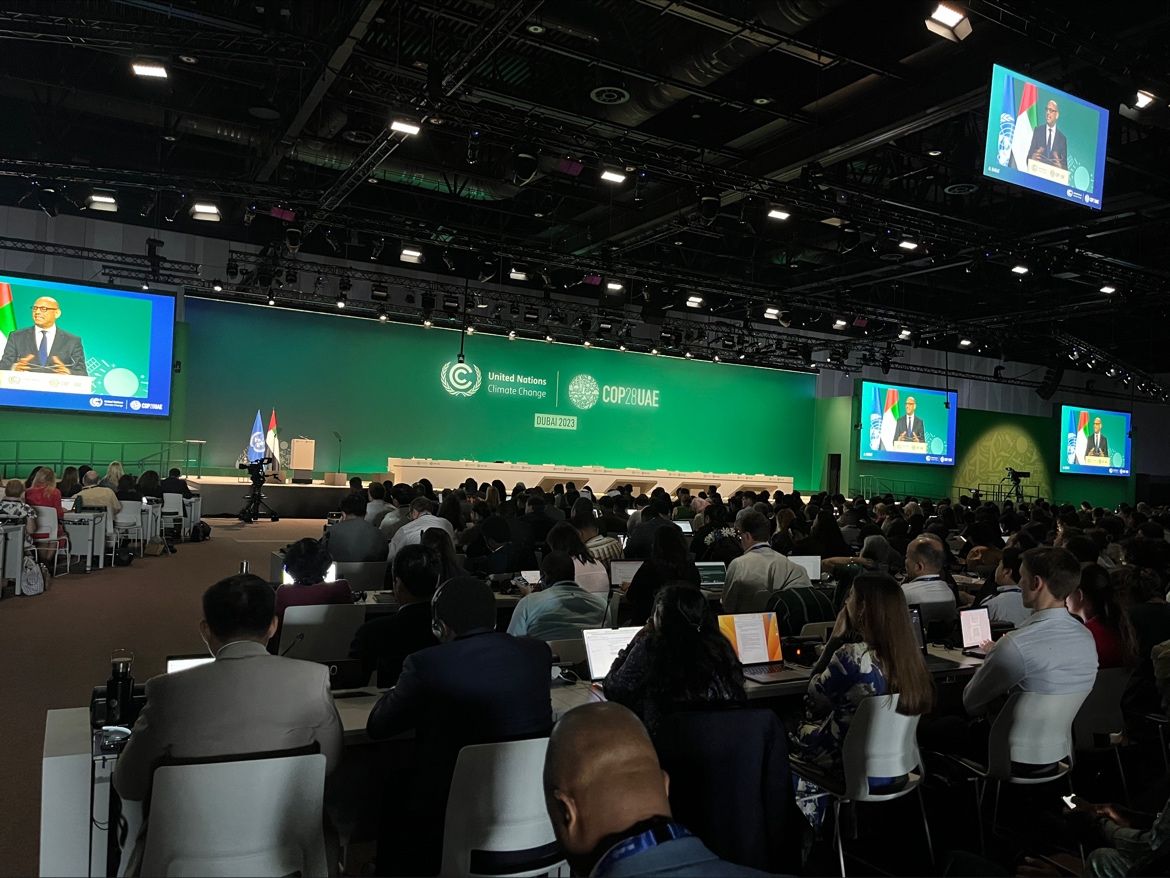ABC Rural
A central Queensland couple has become the first to sell carbon credits under the state government’s Land Restoration Fund (LRF).
In the $25 million scheme’s first eligible project, Monto graziers Robert and Nadia Campbell will agree to store 165,000 tonnes of carbon on their 7,000-hectare Goondicum Station for 25 years.
The venture was brokered by GreenCollar, a Sydney-based company that is Australia’s largest carbon project developer.
Presently carbon credits are worth about $16 each.
“The beauty of our carbon project and working with the LRF is that they’re not two mutually exclusive things when it comes to integrating with our beef production,” Ms Campbell said.
“They coexist, and we’re actually seeing an improved environment for our cattle because of the project.
Carbon is sequestered on Goondicum through the vegetation coverage method, which measures carbon storage by the ways tree canopies regenerate over time.
Rapidly growing market
From a niche product at the start of last decade, the industry has grown to be worth $2.5 billion, with more than 500 projects operating under the federal government’s Emissions Reduction Fund (ERF).
Last year ERF projects grew by 400 per cent on 2019 figures, with 158 new schemes registered.
GreenCollar’s Queensland business manager Mark Lincoln said the state government’s $25 million investment came in addition to significant private sector interest.
“In other aspects of the carbon market we have a lot of businesses looking to purchase credits from a legislative obligation or to be good corporate citizen,” he said.
But despite the project’s emphasis on carbon storage in forests, Mr Lincoln said there was no need for alarm on the tree thickening many graziers sought to avoid.
“The biggest misconception is it’s wall-to-wall trees,” he said.
“A carbon project is about maintaining no more than an open woodland on your property — it’s about keeping country usable and manageable.”
Keeping the industry honest
Previous government efforts to promote projects for environmental benefit have turned sour on some investors.
Boosted by generous tax breaks and speculation, forestry managed investment schemes (MIS) boomed in the 1990s before many collapsed, leaving some investors out of pocket.
Such outcomes are exactly what industry association the Carbon Market Institute (CMI) hopes to avoid with the emerging sector.
General manager Brad Kerin said CMI members agreed to a voluntary code of conduct, which came into force from July 1 to help protect the industry’s reputation.
“It’s an industry-led code looking at consumer protection,” he said.
With Australian carbon credits selling for below the going rate in many other developed nations, the industry is expected to continue its strong growth and attract a rush of new members.
“As it starts to expand we’ll get new entrants who perhaps don’t understand the rules … the market’s opening up to a lot more private sector buyers,” Mr Kerin said.
Little public information exists on the typical breakdown of profits when a carbon developer proposes a credit contract to a farmer, landholder or traditional owner.
To date much of the carbon credit trading has been commercial-in-confidence and contracts have been negotiated directly with governments.
“We’re working hard to understand the variables in carbon systems and present it in a way that doesn’t make it more confusing,” Mr Kerin said.
Two referrals under the code of conduct have been received by CMI since July, with those complaints being assessed under an independent review panel.
Mr Kerin said it was critical that the industry developed in an ethical way.
“We want to make sure those credit units can be trusted,” he said.
“The industry has come a long way in the past decade, but it’s not perfect — we need to continually improve the science and the regulation.”


